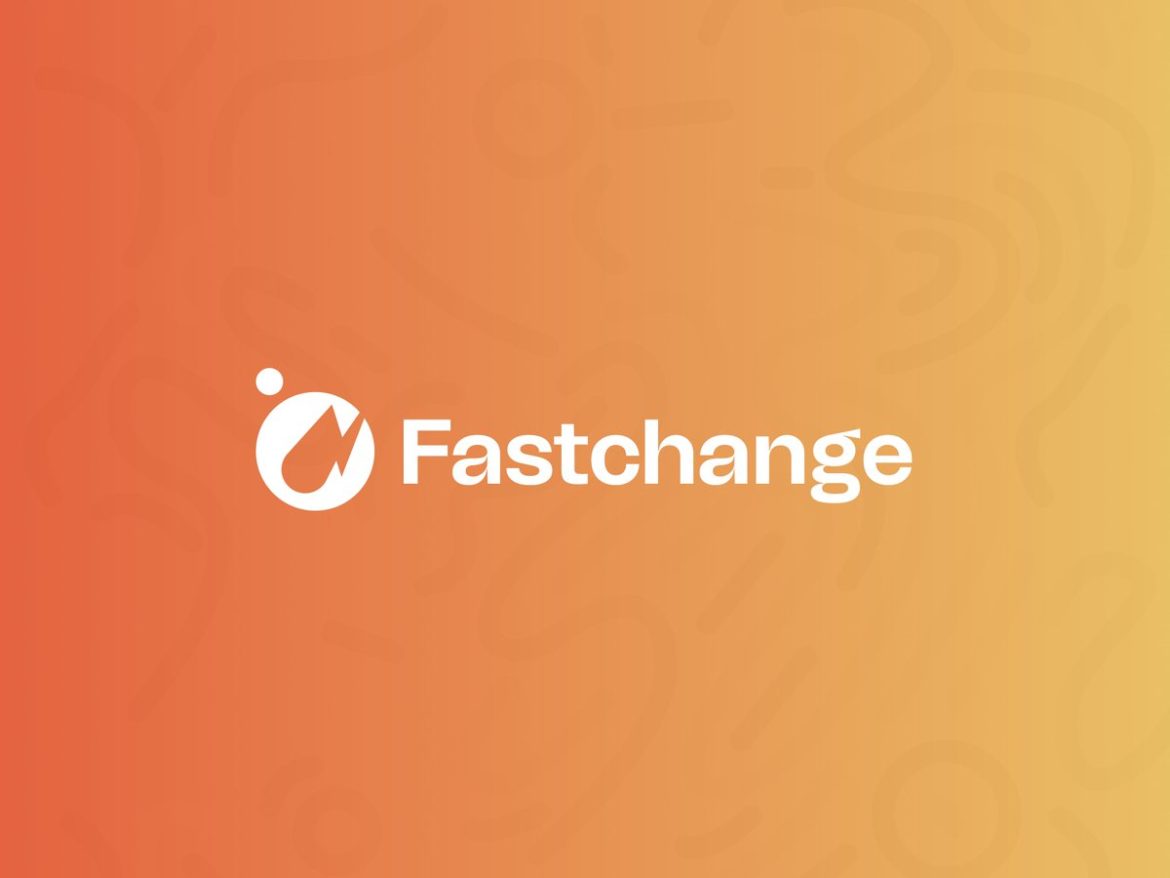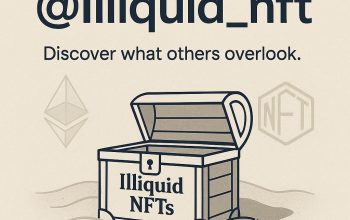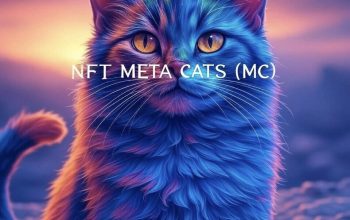The Evolving Landscape of NFTs in 2025
A Digital Revolution Unfolding
In the digital age, the concept of ownership has undergone a profound transformation. Non-Fungible Tokens (NFTs) have emerged as a groundbreaking innovation, redefining how we perceive and interact with digital assets. As we stand in 2025, the NFT market continues to evolve, presenting a landscape filled with both promising opportunities and significant challenges. Let’s explore the current trends, market dynamics, and future prospects of NFTs.
Understanding the Current Trends
Market Dynamics
The NFT market has witnessed an unprecedented surge in interest and investment. Sales have risen by 2% this week alone, driven by increased awareness, technological advancements, and the entry of mainstream artists and brands into the space[1]. However, not all platforms are experiencing uniform success. For instance, Solana’s NFT sales dropped by 29.5%, indicating a shift in market preferences and possibly highlighting issues with scalability or user experience[1].
The fluctuating nature of the NFT market underscores the importance of staying informed and adaptable. As new players enter the field and existing ones refine their strategies, the landscape becomes increasingly competitive. This dynamic environment requires traders and investors to be vigilant and responsive to market changes.
Technological Innovations
Technological innovations are at the heart of the NFT ecosystem. Tools like Axiom Trade are gaining traction among traders, offering advanced features and insights that help navigate the complex world of NFTs[2]. These tools provide real-time data, market analysis, and trading strategies, making it easier for both novice and experienced traders to make informed decisions.
The integration of artificial intelligence and machine learning in NFT trading platforms is another significant development. These technologies can analyze vast amounts of data to identify trends and predict market movements, providing traders with a competitive edge. As these tools become more sophisticated, they will play an even more critical role in the NFT market.
The Role of NFTs in the Digital Economy
Digital Ownership and Value
NFTs represent a unique form of digital ownership, allowing individuals to own and trade digital assets securely. This concept has revolutionized industries such as art, music, and gaming, where digital content was previously difficult to monetize. The ability to prove ownership and authenticity through blockchain technology has opened up new revenue streams for creators and investors alike.
The value of NFTs lies in their scarcity and uniqueness. Unlike cryptocurrencies, which are fungible and interchangeable, NFTs are one-of-a-kind assets. This scarcity drives demand and increases their value, making them attractive to collectors and investors. The digital ownership provided by NFTs also ensures that creators receive fair compensation for their work, addressing long-standing issues in the digital content industry.
Use Cases and Applications
The applications of NFTs are vast and varied. Beyond digital art, NFTs are being used in virtual real estate, in-game items, and even as tickets for events. For example, virtual worlds like Decentraland and The Sandbox allow users to buy, sell, and develop virtual properties using NFTs. This not only creates a new economy within these virtual spaces but also provides real-world value to digital assets.
In the gaming industry, NFTs are used to represent in-game items, characters, and even entire virtual worlds. Players can own, trade, and monetize these assets, creating a new economy within the gaming ecosystem. This shift towards player-owned economies is transforming the gaming industry, making it more inclusive and rewarding for players.
Challenges and Opportunities
Market Volatility
One of the significant challenges in the NFT market is its volatility. Prices can fluctuate dramatically, making it a risky investment for some. However, this volatility also presents opportunities for those who can navigate the market effectively. Tools and platforms that provide accurate market analysis and trading strategies can help mitigate some of these risks.
The volatility of the NFT market is both a blessing and a curse. While it creates opportunities for quick profits, it also increases the risk of significant losses. Traders and investors must be prepared to manage this volatility, using tools and strategies to protect their investments and capitalize on market movements.
Regulatory and Security Concerns
As the NFT market grows, so do concerns about regulation and security. Ensuring the security of digital assets and protecting investors from fraud are critical. Platforms like Seative Digital offer secure and confidential assessments, helping users make informed decisions and avoid potential pitfalls[3]. Regulatory frameworks are also evolving to address these concerns, providing a safer environment for investors and creators.
The regulatory landscape for NFTs is still in its early stages, with many jurisdictions grappling with how to classify and regulate these digital assets. As the market matures, we can expect to see more comprehensive regulatory frameworks that provide clarity and protection for investors and creators. Security is another critical concern, with hackers and scammers targeting the NFT market. Platforms must invest in robust security measures to protect digital assets and ensure the integrity of the market.
The Future of NFTs
Emerging Trends
Looking ahead, several trends are likely to shape the future of NFTs. The integration of NFTs with other emerging technologies, such as the metaverse and artificial intelligence, will create new opportunities and use cases. For instance, AI-generated art and virtual experiences could become significant areas of growth.
The metaverse, a virtual reality space where users can interact, work, and play, is poised to become a significant driver of NFT adoption. In the metaverse, NFTs can represent virtual real estate, digital fashion, and even virtual identities. As the metaverse gains traction, the demand for NFTs is likely to increase, creating new opportunities for creators and investors.
The Path to Becoming a Centicorn
For those looking to capitalize on the NFT market, understanding the trends and leveraging the right tools is essential. Companies like Seative Digital offer quick analyses and free assessments, helping individuals and businesses navigate the complex world of NFTs[3]. By staying informed and utilizing advanced trading tools, anyone can aspire to become the next Centicorn, a term coined to describe NFT projects that reach a valuation of $100 million.
The path to becoming a Centicorn requires a deep understanding of the NFT market, as well as the ability to identify and capitalize on emerging trends. By staying informed, leveraging advanced tools, and taking calculated risks, individuals and businesses can achieve significant success in the NFT market.
Conclusion: Embracing the NFT Revolution
The NFT market is a dynamic and evolving landscape, filled with opportunities and challenges. As we move forward, it is crucial to stay informed about the latest trends, leverage technological innovations, and address regulatory and security concerns. By doing so, we can fully embrace the NFT revolution and unlock its potential to transform the digital economy. The future of NFTs is bright, and those who are prepared to adapt and innovate will be at the forefront of this exciting journey.
The NFT revolution is here, and it is transforming the way we perceive and interact with digital assets. By embracing this revolution, we can unlock new opportunities and create a more inclusive and rewarding digital economy. The future of NFTs is bright, and those who are prepared to adapt and innovate will be at the forefront of this exciting journey.





